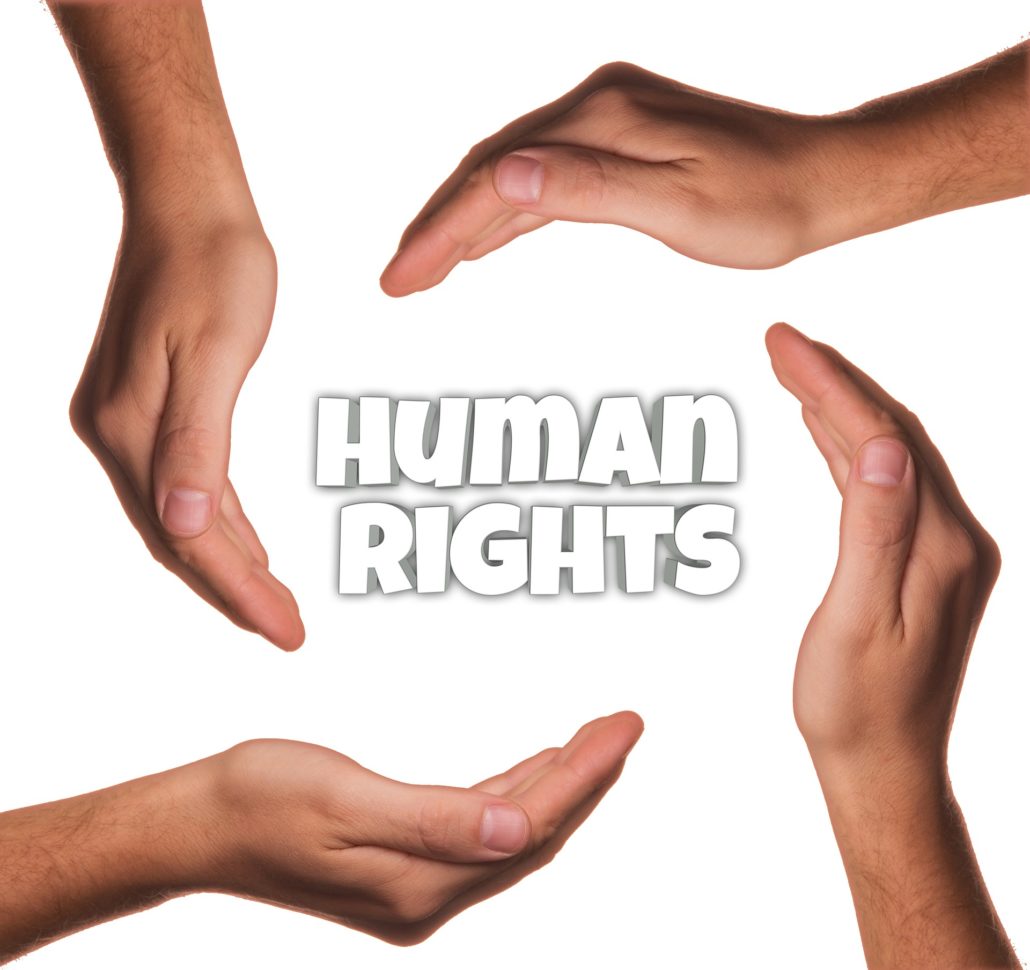
Human Rights
KEY FACTS[1]
→ The WHO Constitution (1946) enshrines the „highest attainable standard of health as a fundamental right of every human being”
→ A Right to health includes ○ ACCESS to ○ TIMELY, ○ ACCEPTABLE and ○ AFFORDABLE health care of ○ APPROPRIATE QUALITY
→ Vulnerable and marginalized groups in societies tend to bear an undue proportion of health problems
→ Universal health coverage is a means to promote the right to health.
The right to health includes both FREEDOMS and ENTITLEMENTS
→ FREEDOMS include the right to control one’s health and body e.g. sexual and reproductive rights and to be free from interference e.g. free from torture and from non-consensual medical treatment and experimentation.
→ ENTITLEMENTS include the right to a system of health protection that gives everyone an equal opportunity to enjoy the highest attainable level of health.
↘ INDIVIDUAL Health ↔ Human Rights DEFINITION ↔ SPECIAL RAPPORTEUR:
- The UN Committee on Economic, Social and Cultural Rights defines the right to health inclusively and adds the following determinants:
→ clean drinking water and adequate hygiene
→ access to safe food
→ adequate nutrition and housing
→ healthy work – and environment conditions
→ health related education and information
→ gender equality
- In 2002 at the UN Human Rights Council – a mandate for the “SPECIAL RAPPORTEUR ON THE RIGHT OF EVERYONE TO THE HIGHEST ATTAINABLE STANDARD OF PHYSICAL AND MENTAL HEALTH” (UN Resolution 2002/31, Art.1) has been established.
The Special Rapporteur is an independent experts appointed by the Human Rights Council to examine and report back on a country situation or a specific human rights theme. The position is honorary and the expert is not a staff of the United Nations nor paid for his work. He expresses his view in an independent capacity and does not represent his Government.
- HUMAN RIGHTS BASED APPROACH [2]
A human rights-based approach to health provides strategies and solutions to address and rectify INEQUALITIES, DISCRIMINATORY PRACTICES and UNJUST POWER RELATIONS, which are often at the heart of inequitable health outcomes.
The goal of a human rights-based approach is that all health policies, strategies and programmes are designed with the objective of progressively improving the enjoyment of all people to the right to health.
Interventions to reach this objective adhere to rigorous principles and standards, including:
→ Non-discrimination: The principle of non-discrimination seeks to guarantee that human rights are exercised without discrimination of any kind based on race, colour, sex, language, religion, political or other opinion, national or social origin, property, birth or other status such as disability, age, marital and family status, sexual orientation and gender identity, health status, place of residence, economic and social situation.
→ Availability: A sufficient quantity of functioning public health and health care facilities, goods and services, as well as programmes.
→ Accessibility: Health facilities, goods and services accessible to everyone.
Accessibility has 4 overlapping dimensions:
- Non-discrimination
- Physical accessibility
- Economical accessibility (affordability)
- information accessibility
→ Acceptability: All health facilities, goods and services must be respectful of medical ethics and culturally appropriate as well as sensitive to gender and life-cycle requirements.
→ Quality: Health facilities, goods and services must be scientifically and medically appropriate and of good quality.
→ Accountability: States and other duty-bearers are answerable for the observance of human rights.
→ Universality: Human rights are universal and inalienable. All people everywhere in the world are entitled to them.
Policies and programmes are designed to be responsive to the needs of the population as a result of established accountability. A human rights based-approach identifies relationships in order to empower people to claim their rights and encourage policy makers and service providers to meet their obligations in creating a more responsive health system.
[1] WHO Health and Human Rights, December 2015
[2] WHO Human Rights and Health, December 2015
